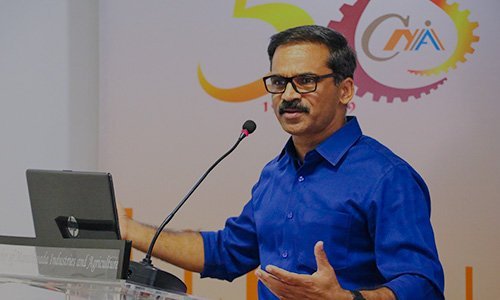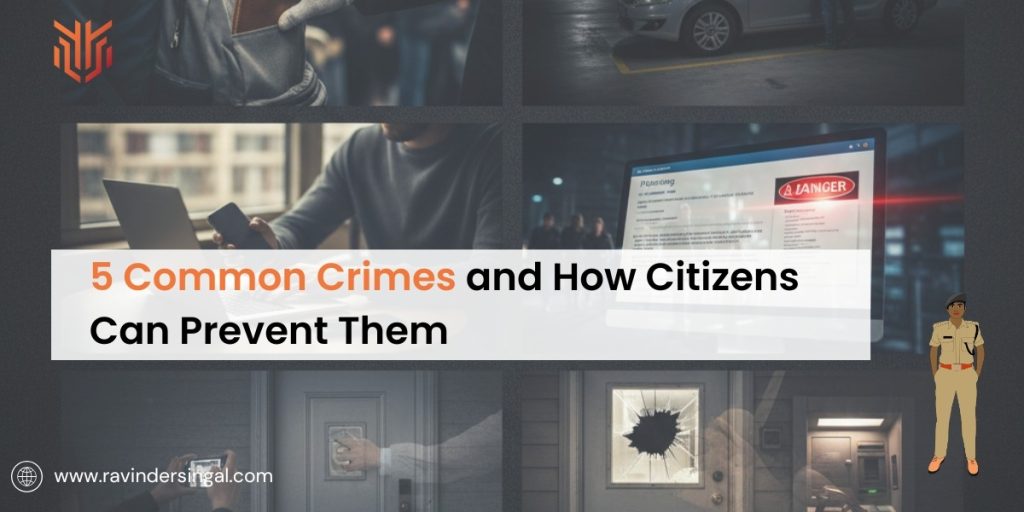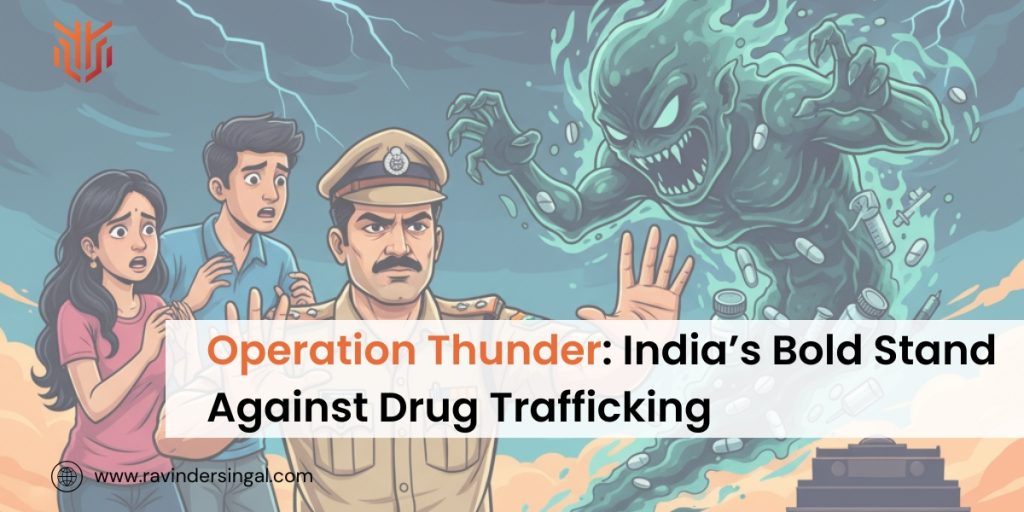Expert Solutions for Crisis Management at Large-Scale Events [With Real-Time Examples]

Crisis management is an indispensable component in the orchestration of large-scale events. It’s the backbone that ensures the safety and success of mass gatherings. Effective crisis management is not optional; it’s a vital strategy to preempt potential disasters and maintain order.
Understanding Crisis Scenarios
Risk mitigation begins with understanding potential crises. Significant events, such as the Kumbh Mela, require a thorough assessment of what could go wrong, learning from past events like the devastating 1954 stampede in Allahabad.
Reviewing incidents, including the chaos of the cylinder blast at Mandhra Devi or the Sabarimala temple tragedy, equips planners with the foresight to prevent repeats.

Dr. Ravinder Singal’s Contribution for Crisis Management at Large-Scale Events
Preventive Measures
Effective crisis prevention hinges on a comprehensive assessment of the area and resources. Understanding the geography and demography of the event site allows for accurate anticipation of needs.
Collaborating with stakeholders forms a united front in crisis management while revisiting records informs thorough planning.
Emergency Response Protocols
A detailed and robust emergency response plan is crucial, delineating the roles of security, medical teams, and communication systems. Conducting regular drills in sync with the event’s timing pinpoints areas for improvement.
Communication Strategies
Communication is crucial in a crisis. Modern technology enables swift updates and information flow. Effective signage and a public address system are vital for crowd guidance and emergency instructions.
Crisis Resolution Techniques
The crux of crisis resolution is decisive action. A well-rehearsed chain of command and coordination across services like traffic and event management through wireless systems is critical for smooth operation.

Barricading for Better Management
Barricading is necessary for managing vast crowds, requiring materials ranging from iron and bamboo to rope or temporary solutions. Strong barricading directs public flow, aiding police in managing large groups effectively.
The Human Element in Crisis Handling
Crisis management isn’t just about logistics; it’s about people. Recognizing the dedication of staff and volunteers and addressing the emotional impact on individuals is paramount. Keeping attendees informed and calm through regular announcements can defuse potential tension.
Highlighting few crowd management best real time examples
1. Crowd management at Sabarimala, Kerala, India

In the past year, crisis management took center stage at the renowned Lord Ayyappa shrine in Sabarimala, Kerala, as the pilgrimage season witnessed a significant surge in devotees. The Kerala High Court responded to the escalating situation by issuing a series of directives to both the police and temple authorities. These directives aimed at enhancing crowd management and regulating vehicular traffic to facilitate a seamless ‘darshan’ experience for pilgrims. The incident underscored the critical role of proactive crisis management strategies in handling the challenges posed by a sudden influx of visitors during religious or cultural events, emphasizing the importance of collaboration between law enforcement and religious institutions to ensure the safety and well-being of the devotees.
2. Durga Puja, Kolkata, India

The management of large crowds has been a perennial challenge, with devotees often deviating from organized lines, leading to chaos and safety concerns. Over the past year, the festival organizers and local authorities faced the daunting task of maintaining order amidst the fervent celebrations. Instances of devotees hopping and jumping lines became a notable concern, prompting a need for effective crisis management strategies. The authorities grappled with ensuring not only the smooth flow of devotees but also their safety and well-being. This situation highlighted the importance of preemptive planning, enhanced security measures, and public awareness campaigns to encourage adherence to designated queues, ultimately contributing to a safer and more enjoyable Durga Puja experience for all participants.
3. Ram Mandir Pran Pratishtha, Ayodhya, UP, India

In the past year, Ayodhya faced a significant challenge in managing the overwhelming number of devotees flocking to the Ram temple. The news reported that around 2.5 lakh devotees sought darshan at the temple on a single day, underscoring the immense scale of the crowd. To address this surge, Ayodhya District Magistrate Nitish Kumar implemented crowd control measures that played a crucial role in restoring order to the situation. In response to the high demand, the temple administration extended the darshan hours from 6 am to 10 pm. This strategic decision not only accommodated the spiritual needs of the devotees but also helped in distributing the crowd more evenly throughout the extended timeframe. The incident highlights the significance of prompt and effective crowd control strategies in managing large gatherings during religious events, ensuring a harmonious experience for the multitude of worshippers visiting the sacred site.
Conclusion
The art of crisis management at significant events is complex, involving preparation, collaboration, and execution. Past tragedies serve as lessons for future safety measures. With robust planning, including effective barricading and clear entry-exit strategies, we can ensure a secure and enjoyable experience for all. It’s a comprehensive approach that honours the severity of potential crises and the value of human life.
>>> Also Read: Navigating the Roads Safely: Your A to Z Guide for Road Safety!

Quitters Don’t Win and Winners Don’t Quit.
Ironman | Deccan Cliffhanger | Comrade Legend Finisher | Motivational Speaker | Writer | Endurance Athlete





